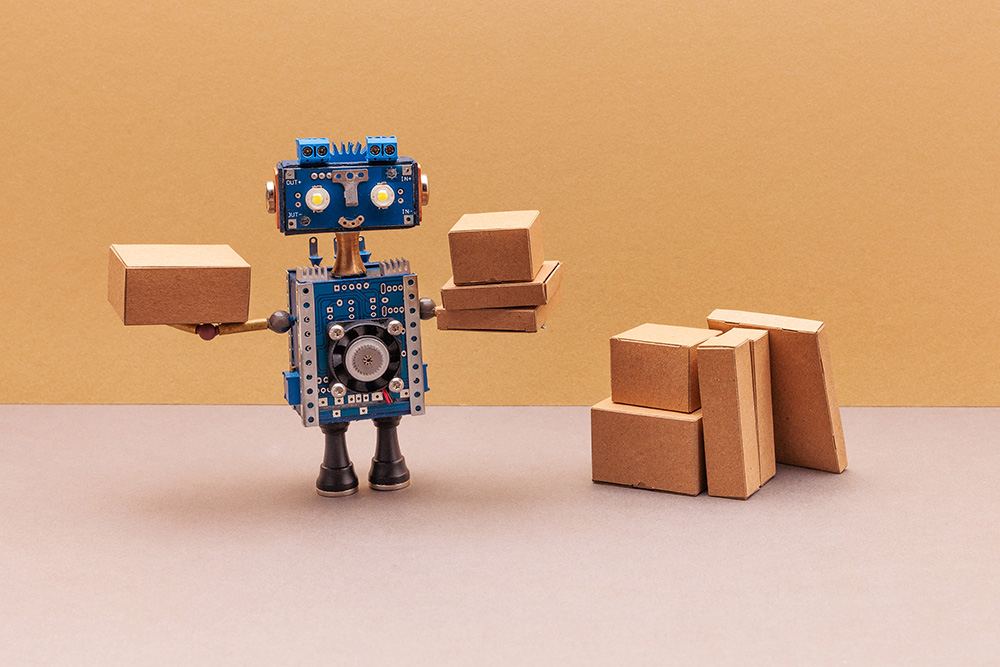
As labor costs continue to rise, manufacturers are finding process automation to provide greater returns on investment than before. Calculations of labor costs and time currently invested in every process can help pinpoint what parts of the packaging line are ideal for automation.
Areas to identify and assess that are ideal for automation:
- Repetitive tasks
- Time-consuming processes
- Error-prone activities
- Processes that tend to create bottlenecks when performed manually
Examples of processes that should be automated include:
- Wrapping
- Loading onto machine
- Loading into storage
- Capping, etc.
In the pharmaceutical industry, multi-dose adherence pouch packaging (which is packaged on an automated line) can increase gross profit by up to US$100,000 per local pharmacy per year. This is not only a high ROI, but also enables improved adherence, and decreases rebait pullbacks.
However, installing newer, higher-end machinery requires a substantial upfront capital investment.
Post-pandemic working styles have led to the introduction of Packaging Machinery-as-a-Service.
With Machinery-as-a-Service (MaaS), both suppliers and brand owners share a financial stake in uptime and profits and allow room for scalability of automation especially for fast-moving consumer goods and healthcare products.
MaaS provides the option of zero upfront cost along with installation and training of operators at the plant. This model works on a commission-per-use basis; for example, for each package packed, the machine provider will charge a negotiated price.
The machine can be removed from the plant at any time; no minimum contract period and parts are replaced as and when required.
This model is an example of outcome-based or usage-based pricing. MaaS transfers debt, risk, and operational uncertainty from Capex projects to opex budget. All associated costs, such as parts, maintenance, etc., are also operational costs.
The terms of such services are usually negotiated between the machine provider and machine user based on the size, revenue, and scalability opportunities of the machine-using company. This allows for the mitigation of risk in a calculated manner.







